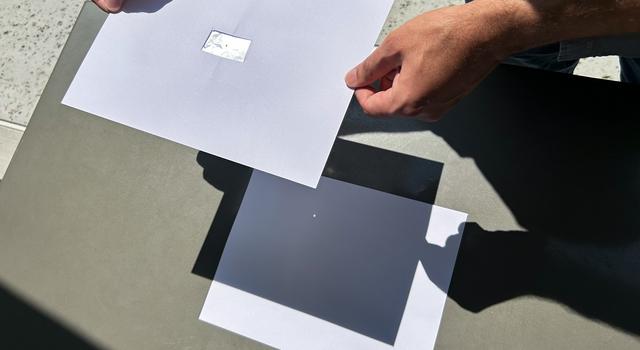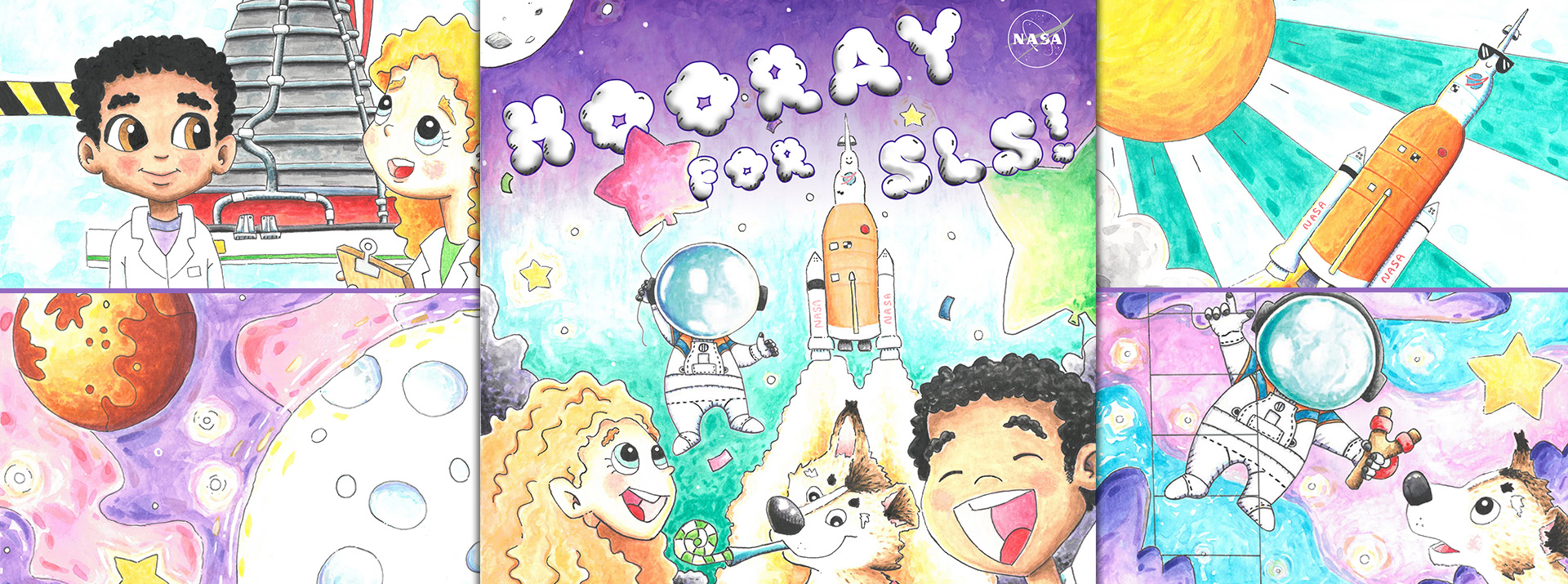In just a few days, a total solar eclipse will cross North America. Make the most of this rare event with NASA learning resources, including activities, citizen science opportunities, and more.
Visit the websites below to learn about the science of a solar eclipse, how to view the eclipse safely, and activities to engage others. | | Audience: Educators, students, and families Challenge Ends: Monday, April 15
The Sun drives many processes in Earth’s atmosphere. Changes in heat lead to changes in the clouds, especially the types of clouds. To study these changes, we need observations at different times over the course of hours, days, weeks, months, and years from around the globe. The GLOBE Eclipse Challenge: Clouds and Our Solar-Powered Earth seeks cloud observations from participants worldwide to study changes in the atmosphere as the Sun rises and sets. Those in the path of the solar eclipse on Monday, April 8, are challenged to take multiple observations of the sky before and after maximum eclipse. | | Online Learning Opportunities | | Audience: Spanish-speaking STEM educators Registration Deadline: Tuesday, April 9 Event Date: Tuesday, April 16, at 2 p.m. EDT Register your classroom to learn about NASA’s big plans for celebrating Earth Day 2024. During this Virtual Classroom Connection (presented in Spanish), a NASA expert will discuss Earth science and conservation topics and respond to student questions. A select number of schools and informal educational group participants will be invited to connect directly with the subject matter expert online during this virtual event. Join us to learn more about different NASA programs and how you can help to protect our great planet, Earth. | | Audience: All educators, students, and caregivers Next Event Date: Thursday, April 11, at 8 p.m. EDT Join NASA’s GPM mission team for a series of webinars to celebrate 10 years of Earth observations that have improved life around the globe and helped us better understand our water cycle. In the next webinar of the series, we’ll prepare for Earth Day on Monday, April 22, with a discussion about how and why missions help us to better understand and protect our home planet. Learn how various stakeholders are helping to make NASA data available and accessible to decision-makers and find out how you can get involved in making a positive difference in improving life on Earth.
| | NASA is working to send humans back to the Moon to live, learn, and explore through the Artemis campaign. As members of the Artemis Generation, NASA invites you to be a part of the story. Hooray for SLS!, written by Lane Polak and illustrated by Heather Legge-Click, is the first in a series of children’s books that introduces young explorers ages 3 to 8 to the unique elements needed, like NASA’s SLS (Space Launch System) rocket, for the Artemis missions to get to deep space and the Moon. The SLS mega rocket is designed to launch astronauts and heavy payloads from Earth to the Moon and beyond. We’re traveling deeper in space than we ever have before, and that calls for a celebration. | | Opportunities With Our Partners | |
Are you looking for NASA STEM materials to support your curriculum?
Find NASA science resources for your classroom. The NASA Science Activation (SciAct) program connects diverse learners of all ages with science in ways that activate minds and promote a deeper understanding of our world and beyond. https://science.nasa.gov/learn
Check out the ‘Explore NASA Science’ website! Science starts with questions, leading to discoveries. Visit science.nasa.gov. To view the site in Spanish, visit ciencia.nasa.gov. | | Visit NASA STEM Engagement on the Web: | | | | | | |
|




















